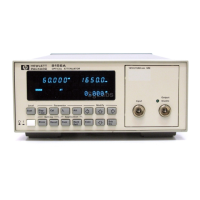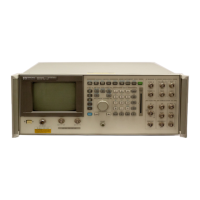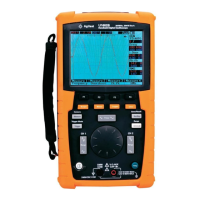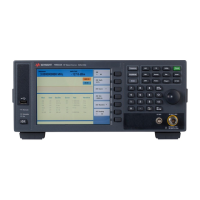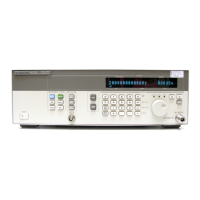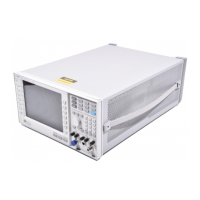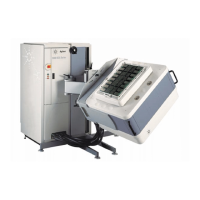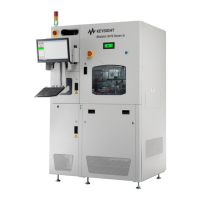aurora
Sonata
Hand Held ISDN Tester—User Guide
A2-4 427869
aurora
Sonata
can be configured with interface modules for Basic
Rate testing at the S, U and T interfaces, or Primary Rate
testing at the S and T interfaces, provided the physical
interface is compatible.
ISDN standards
ISDN is subject to standardisation by the ITU-T, which issues
recommendations covering ISDN equipment and interfaces.
Standards also exist for types of service, protocols and ISDN
numbering.
Pulse Code Modulation
Pulse Code Modulation (PCM) is a method of converting
analogue signals into digital code. An analogue waveform is
sampled at regular intervals and a measurement is taken of the
sample point at various levels. The number obtained is digital.
The sampling rate is 8kHz, and the sample value is translated
into an 8 bit code, to conform with ITU-T standards.
Therefore each speech signal results in a continuous bit stream
at a rate of 64kbps.
The process of converting between analogue and digital is
known as encoding. An encoding device is called a Codec.
Methods of voice encoding
The number of levels used in the sampling, and the way they
are spread, affect the amount of signal noise and distortion.
There are two methods of encoding: A-Law and μ-Law.
A-Law encoding
This is the type of voice encoding used in Europe. Sampling
consists of 4096 levels, divided into 7 segments.
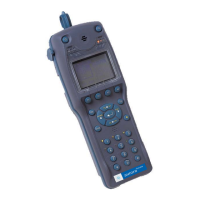
